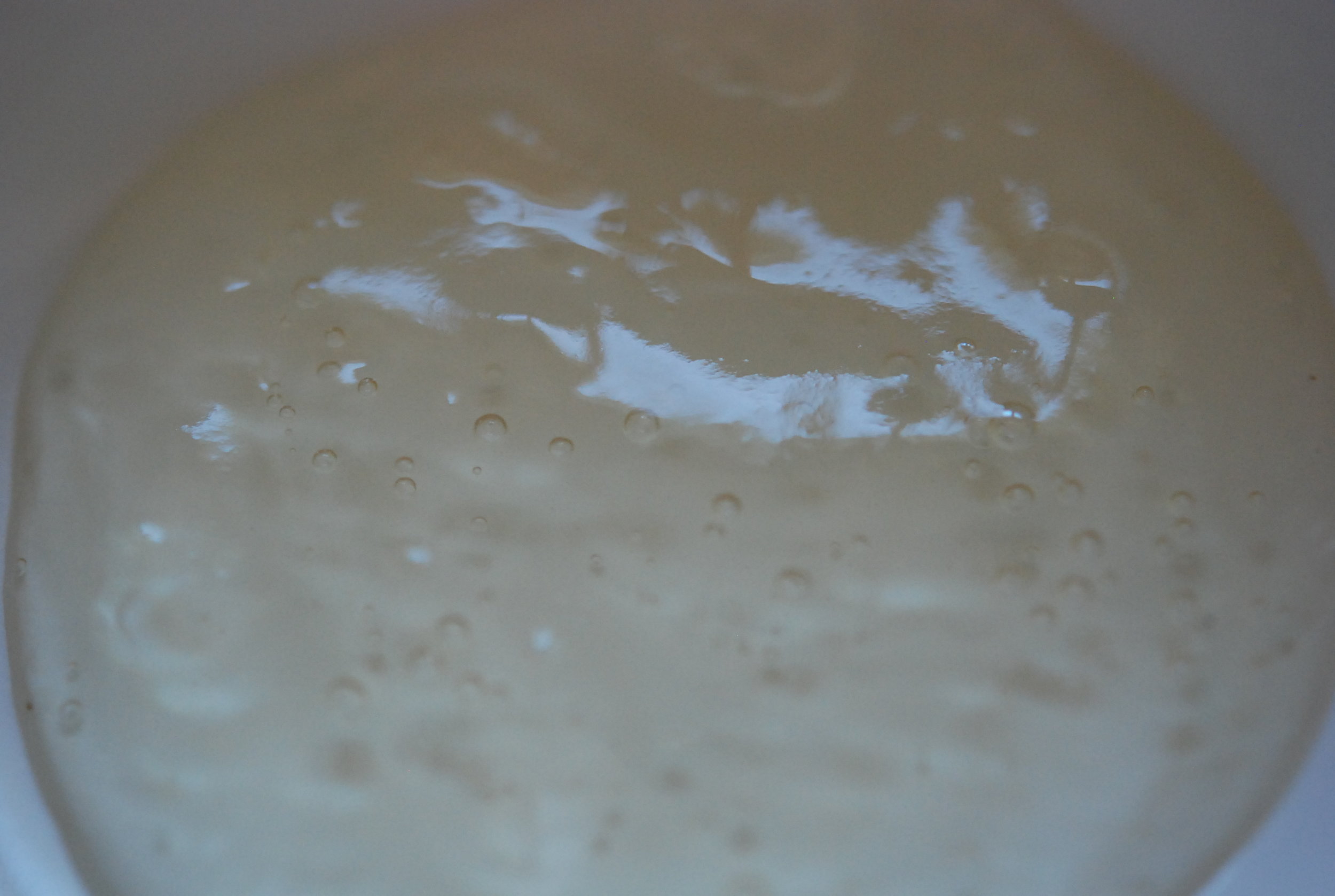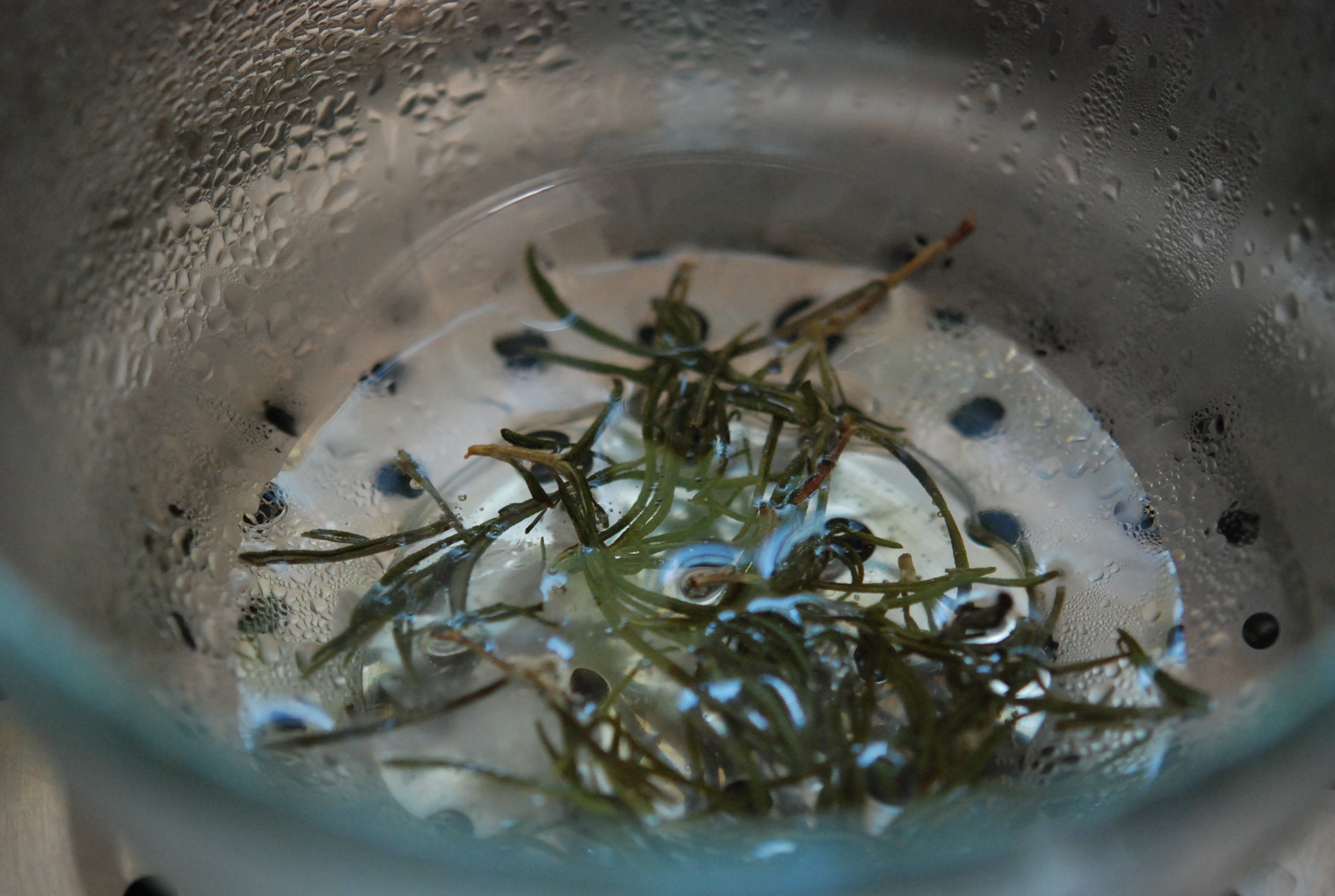Herbal Simples
Hippocrates is credited with the saying "everything in excess is opposed to nature" and I often take that viewpoint when prescribing herbs or creating herbal remedies.
Although some herbs can have synergistic effects when combined together, having a large number of herbs in a blend can sometimes be counter-intuitive. We may not be able to tell which herb or herbs are producing the desired effect and introducing a large number of new herbs into a person's system at once can be overwhelming, particularly if they are on other prescribed medications or if they are hypersensitive. Some herbalists choose to prescribe just one herb at a time known as “simples”, rather than combinations. I fall in between the two camps. I often prescribe simples for ease and because I trust that the herb and the person’s innate healing potential will produce the required therapeutic effect.
Before the introduction of chemical testing to identify the safety and efficacy of a herb, people had to test a herb on themselves or others, observe how animals interacted with it or adopt the Doctrine of Signatures which theorised that a herb resembling a particular body part or organ could cure said body part or organ. For ancient herbalists, the task of assessing the safety and efficacy of herb when it is in combination with another would have proved even more difficult.
More importantly, many herbs are revered because of their unique medicinal properties and their ability to treat a wide range of conditions. Species of Aloe for example, have been used for over five thousand years and the significance of that plant alone has been highlighted with cave paintings in the South African San Rock paintings and temple engravings dating back to 4000BCE in ancient Kemet.
The Greek physician Galen dedicated much of his work in the 2nd and early 3rd century to identifying the medicinal properties of individual herbs. His work On the Mixtures and Powers of Simple Drugs is a compilation of 11 books on simple medicine and single ingredients. The 12th century German abbess, Hildegard von Bingen wrote the Book of Simple Medicine or Nine Books on the Subtleties of Different Kinds of Creature. The text contains much folklore on the potential therapeutic and toxic properties of herbs and trees, as well as animals, gems, minerals and metals. In the 19th century, the physician William Thomas Fernie attempted to bridge the gap between folklore medicine and scientifically proven herbal medicine in Herbal Simples Approved for Modern Uses of Cure.:
"From primitive times the term "Herbal Simple" has been applied
to any homely curative remedy consisting of one ingredient only,
and that of a vegetable nature. Many such a native medicine found
favour and success with our single-minded forefathers, this being
the "reverent simplicity of ancienter times."
A Simple Exercise
Organoleptic testing (testing using our sensory organs) was one of the ways in which ancient herbalist would test the efficacy and safety of a herb. It can also be a great meditative tool to help us disengage with external stressors and reconnect with ourselves for a few minutes a day. Try this even if you know the properties and actions of the herb.
- Make a cup of tea using one herb.
- As the tea infuses, look at the colour of the water. Note if the colour reminds you of anything. Watch how the water changes colour as it absorbs the chemical constituents of the herb. Just by looking at the tea, reflect on what actions you think the herb may have or which organs it might affect. Is it a warming or cooling herb? Is it calming or stimulating herb?
- Smell the tea. Does it smell how you expected it to smell? Do you still feel it would have the same actions you originally thought? What does the smell remind you of? Do any colours come to mind?
- Taste the tea. Does it taste how you expected it taste? Where can you taste on your tongue? Is it cooling or warming? Or is it cooling and then warming? Which organs do you feel it is affecting? Does the taste reflect the look and smell of the herb? Do any sounds come to mind?
References
Fernie, W. T. Herbal Simples Approved for Modern Uses of Cure
Hardy, G. and Totelin, L. Ancient Botany
Magner, L. A History of Medicine
Mahomoodally, M. Traditional Medicines in Africa: An Appraisal of Ten Potent African Medicinal Plants
Neffati,M Najjaa, N. Máthé, Á. Medicinal and Aromatic Plants of the World – Africa
Wambebe, C. African Indigenous Medical Knowledge and Human Health








